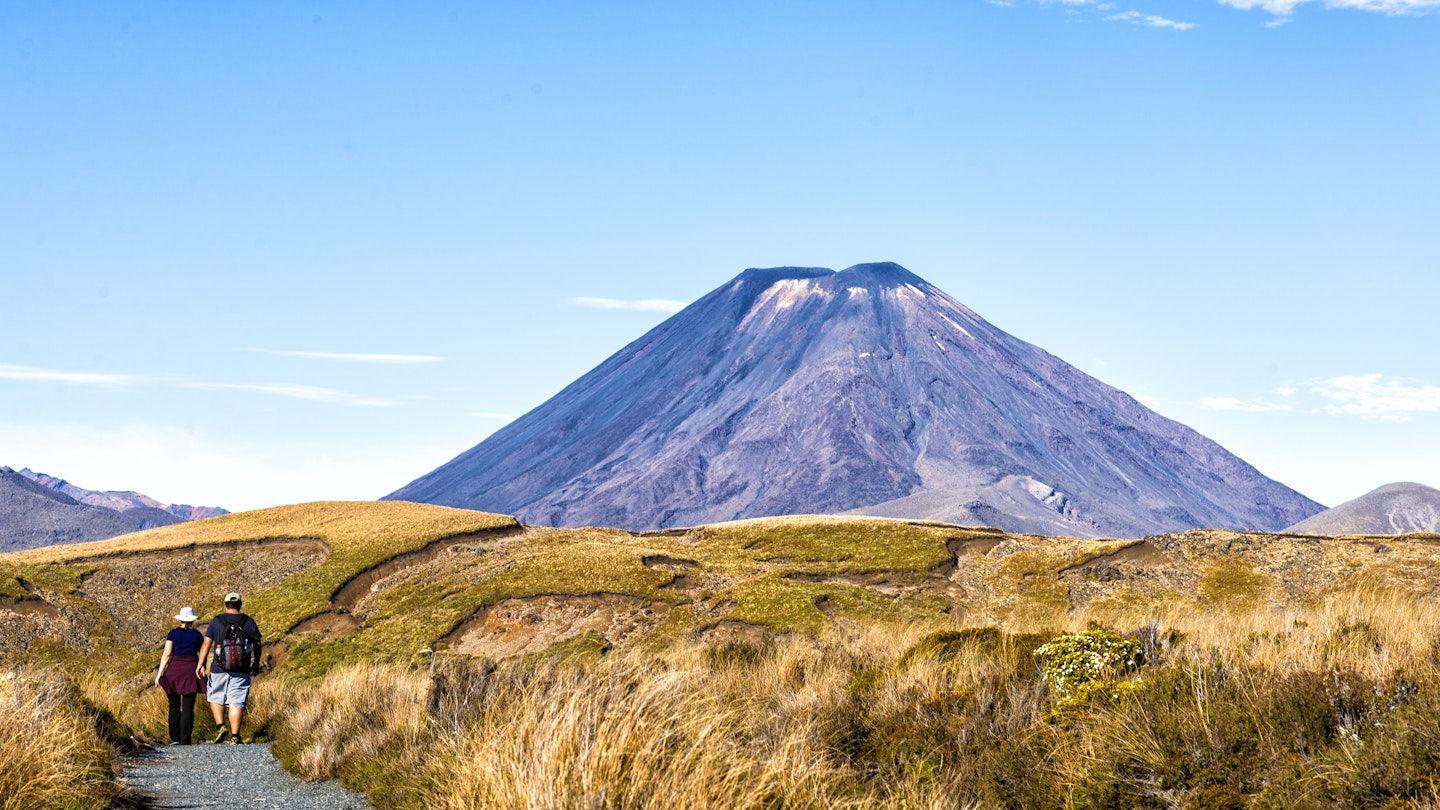Explore New Zealand’s National Parks with GoTravelDaily
New Zealand offers boundless opportunities to scramble up scree, spot wildlife in the wild, and get lost in stunning outdoors that truly deserves the epithet “great.”
Whether it’s the rainforest-shaded shores of Lake Waikaremoana, the recently opened Paparoa Track, or the cloud-nudging uplands of the Tongariro Alpine Crossing, hikers (and everyone else) will always find their happy place. Here are New Zealand’s best national parks.
Arthur’s Pass National Park
Straddling the Southern Alps, known to Māori as Ka Tiritiri o Te Moana (Steep Peak of Glistening White), this vast alpine wilderness became the South Island’s first national park in 1929. It spans 448 sq mi (1144 sq km), with two-thirds on the Canterbury side of the main divide; the rest is in Westland. The area features rugged mountains, deep valleys, and an altitude range from 804ft (245m) at the Taramakau River to 7900ft (2408m) at Mt Murchison.
Numerous well-marked day hikes are available throughout the park, especially around Arthur’s Pass village. Notable trails include the Arthur’s Pass Walkway, a reasonable 2½ hour return trail to Dobson Memorial, the one-hour return walk to Devil’s Punchbowl Falls, and the steep hike to stunning views at Temple Basin (three hours return).
For more adventurous hikers, full-day options include the Bealey Spur track and the classic summit hike to Avalanche Peak.
Tongariro National Park
Located in Taupo & the Ruapehu Region on the Northern Island, this park presents an awe-inspiring landscape of alpine desert punctuated by three smoldering volcanoes – Ruapehu, Ngauruhoe, and Tongariro.
Often rated as one of the world’s best single-day wilderness walks, the challenging Tongariro Alpine Crossing skirts the base of two mountains, offering views of craters, vibrant lakes, and the vast Central Plateau.
Due to its rising popularity, daily visitor numbers are limited, making early planning essential. Numerous other options are also available to explore this alien landscape.
Tongariro was gifted to the country by local Tūwharetoa Māori over a century ago. Before it received dual Unesco World Heritage status in 1993 for its volcanic landscape and deep cultural significance, the Māori believed that the mountains were powerful warriors who once fought each other.
Abel Tasman National Park
Coastal Abel Tasman National Park blankets the northern end of a range of marble and limestone hills extending from Kahurangi National Park. Various trails exist here, with the Coast Track being New Zealand’s most popular Great Walk.
The main draw of the trail is its traversal of some of New Zealand’s finest golden-sand beaches; many are only accessible by kayak, water taxi, or scheduled boat transfers.
Whanganui National Park
The Whanganui River, recognized as a legal person in 2017, represents a unique connection between Māori iwi and nature. This spiritual connection showcases the river as an ancestor.
Meandering 180mi (290km) from Mt Tongariro to the Tasman Sea, it is New Zealand’s longest navigable river. Visitors can traverse this landscape by canoe, kayak, or bike.
The native bush is rich with broad-leaved podocarp forests, interspersed with unique flora and traces of historical Māori settlements.
Westland Tai Poutini National Park
This park features colossal mountains, diverse forests, and impressive glaciers. It stretches from the West Coast to the Southern Alps, showcasing twin glaciers: Franz Josef and Fox, which are the most accessible within the park.
The glaciers are breathtaking but fragile; rising temperatures threaten their long-term existence, making it crucial to experience them while you can.
Fiordland National Park
Prepare for sublime scenery on a grand scale at Fiordland National Park, where mountains, forests, and tranquil waters captivate every visitor. This area, part of the Te Wāhipounamu World Heritage Area, features deeply recessed fjords and is known for its stunning landscapes.
Popular activities include boat cruises and multi-day hikes like the Milford, Kepler, and Hollyford Tracks, offering stunning views and challenging trails.
Aoraki/Mt Cook National Park
This spectacular park is renowned for its breathtaking snowy peaks and diverse hiking opportunities. Aoraki/Mt Cook, standing at 12218ft (3724m), is the tallest peak in Australasia. It is surrounded by numerous other significant mountains as well.
While many visitors come for the stunning views and photo opportunities, soaking in the environment and taking short walks in the area, such as to the Tasman Glacier, is highly recommended.
Kahurangi National Park
As New Zealand’s second-largest national park, Kahurangi features incredible geological diversity from beaches to karst landscapes. With a vast proportion of forested land, it boasts over 50% of New Zealand’s native flora and bird species.
Egmont National Park
Dominated by the near-perfect volcanic cone of Mt Taranaki, this park is famous for its dramatic landscapes and striking hiking routes {highlight close proximity to local adventurers}. With accessibility options available, it’s a prime destination for those ready to explore.
Nelson Lakes National Park
This park surrounds the picturesque Rotoiti and Rotoroa lakes, featuring lush beech forests and dramatic mountains. With ongoing conservation efforts, it offers excellent hiking trails and fishing opportunities amid stunning scenery.
Punakaiki & Paparoa National Park
Straddling rugged landscapes, Punakaiki draws visitors to its famous Pancake Rocks, but offers much more with its breathtaking coastline, rich birdlife, and hiking trails into the scenic mountain terrain.





